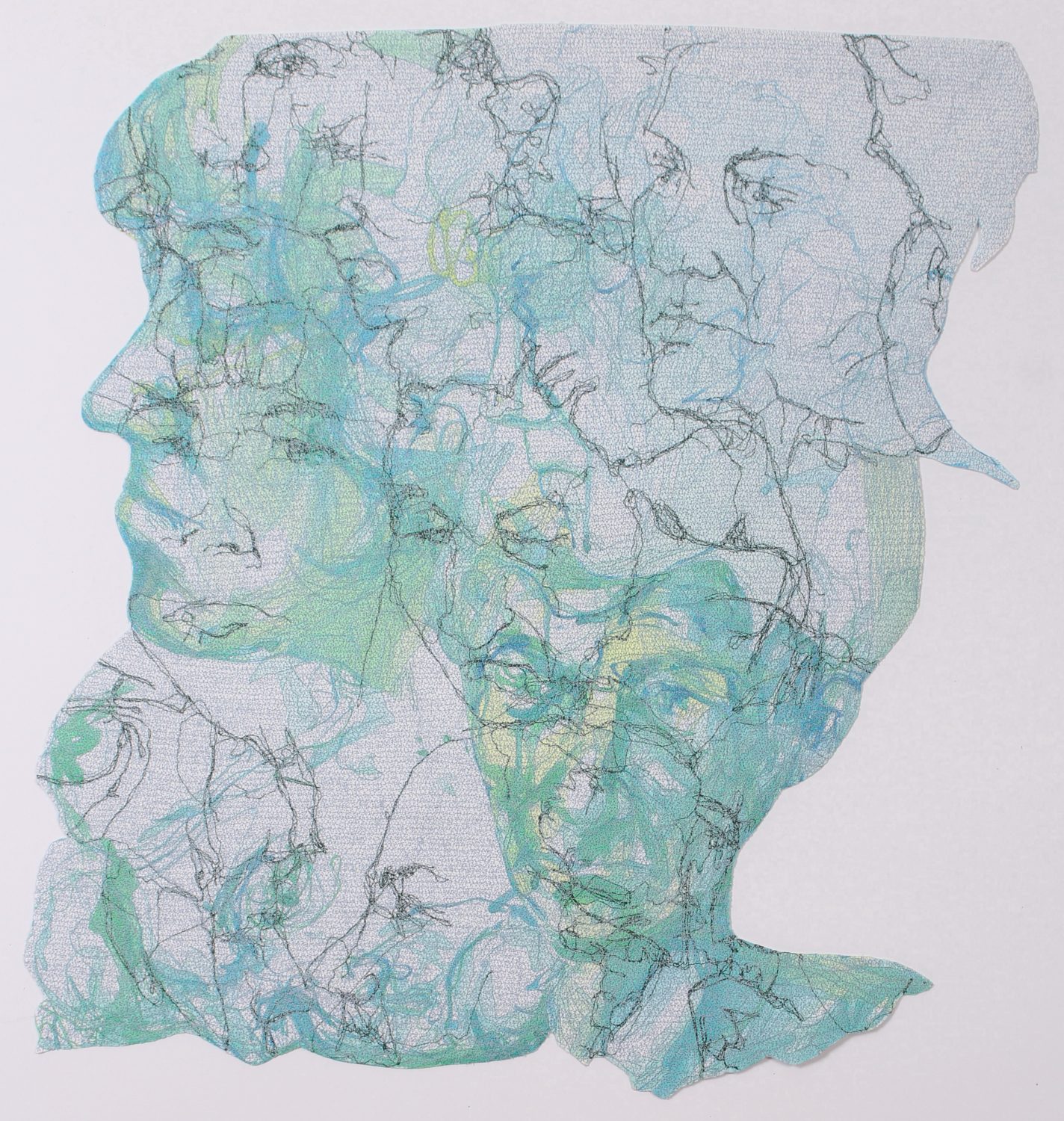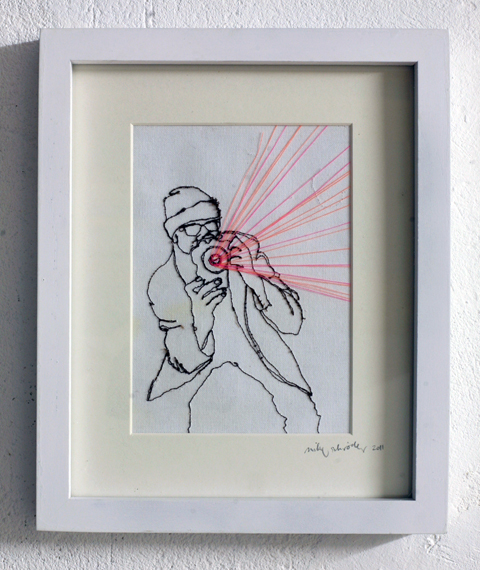Having a goodly amount of contact with newcomers to the embroidery community gives me ample opportunities to ‘talk down’ people on the verge of giving it up. The stressors causing these meltdowns are seemingly universal. A project won’t turn out as expected and the person mid-freakout may have never managed to get a project to successful completion. Their innocent dreams of automatic stitching are dashed by difficulty and worse, tainted with the guilt of sunk expense from the major outlay to bring home the machine to the tally of twisted threads and chewed-up garments that marks each failed attempt.
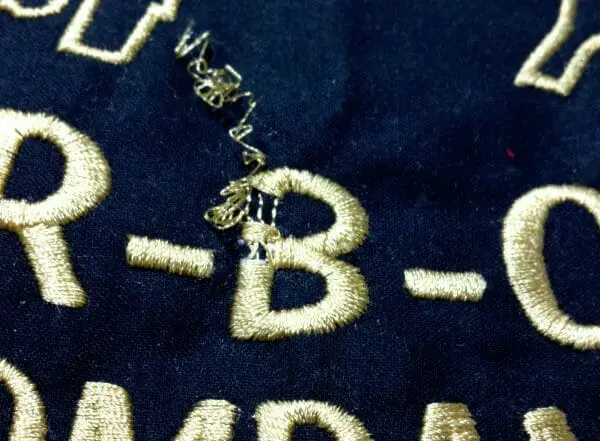
By the time someone is looking to bail out, they have likely been through a hell of hoop-bound horror stories. That said, these striving souls will still post one last desperate rant, looking for a reason to stay in the stitchy world we inhabit. Luckily, there’s usually hope. In almost every case wherein I’ve counseled an embroiderer at the end of her tether, basic mistakes have been the culprit behind the misery. To the end of avoiding machine embroidery burnout in my home-stitching readers, here are three things to get you work on track; whether you are brand-new to the business of robotic embellishment or a jaded veteran of the war against the embroidery machines, these tips will help you fight back the bad feelings and get back to stitching.
Tools before Art
So many questions are asked in embroidery forums that the basic manuals packaged with any machine can answer; it doesn’t need to be this way. A little research can save your enjoyment of the art.
In the beginning, you should learn your machine and basic job setup inside out. Know what the buttons and menus do in every step of running your machine; don’t assume anything. Pull up the manual and read everything, from transferring and arranging designs, to walking through the design by blocks of stitches, to canceling a current run. Make absolutely sure you understand the messages the machine is sending and what they mean for your outcome. Know about your materials and what they are intended to do; read the documentation that your stabilizer brand offers, read about your needles and thread, and know a little about how the fabric in your project is constructed. In all things, know your tools before you plan your creative expression.

As dull and dry as it may sound, if you know how to properly thread a machine, how to set up and insert the bobbin, and what buttons and menus control the process, you’ll be above and beyond what many new embroiderers bring to the online conversation. Even when you start, you can practice everything up to the embroidery stage without endangering a single cent of materials. Once you can reliably hoop a piece of fabric, load your design, thread your machine, and mount the hoop, you’ll be in a proper position to start your first project. Moreover, if you know how your machine should be reacting at each stage, you’ll have a much better chance of seeing when problems in your stitching really are due to the oft-maligned machine doing something it isn’t supposed to rather than a failure on your part to follow the process.Those troubleshooting sections in the manual aren’t there for show, after all.
Start Small: Easy Victories
Some stitchers take months to plug in their machines, but others want to take on difficult custom projects from the first day they pop the tape on the box. These folks often buy big setups, jump right into digitizing from day one, and thus find themselves hopelessly in over their heads before they produce a single finished piece. It’s no wonder that they are subsequently dismayed with their outsized investment. My suggestion is to start over, and start small, particularly if you are the sort of person who readily engages in self-blame when things don’t turn out well. Starting with a smaller, simpler, more easily completed project will serve two purposes; it builds confidence in the process and it helps you to learn fundamentals without much riding on the outcome.

The best thing you can start with is a single-color design on a stable, woven fabric. A sturdy tea-towel festooned with a single-color design sourced from a reputable stock site is a great place to begin. Single-color designs are tolerant of mishaps; even if you don’t manage your initial process correctly, you’ll at least save yourself the registration errors that happen in multi-color designs. This isn’t to say you can’t have problems with a simple design, but it does mean that they will be more forgivable in the finished piece. Moreover, the piece should run quicker than one festooned with color changes, especially on a single-needle home machine. With a single-color design from a reputable source, your only necessary contributionis to manage the basics of embroidery. With a design from a solidly capable digitizer, you can focus on proper hooping and stabilization, making sure the machine is clean, threaded properly, and that you are using all of your materials correctly.
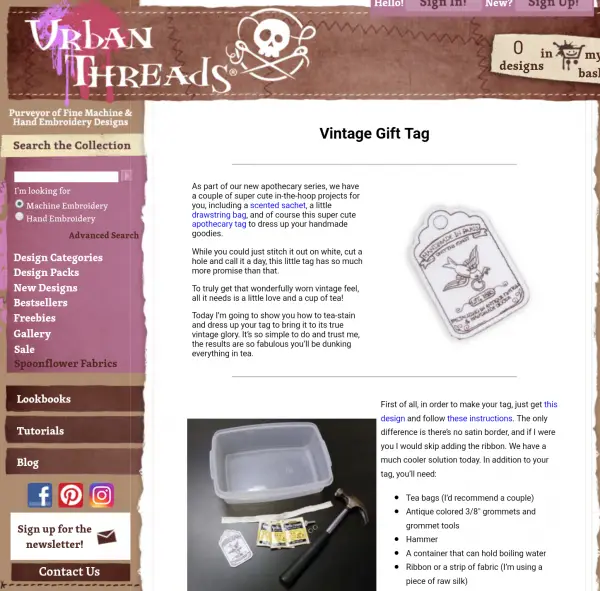
A fantastic way to start or start over is with a fully-described project from a stock design vendor. When vendors publish project posts, these processes are tested, documented, and made as simple as possible. Find a project you like, produce pieces, and pay attention to how things run. You will feel better about your equipment when it starts to produce and the understanding gained in watching these easy designs run well will become the foundation of your future work. The studied hands at shops like Urban Threads know how to make a design and their project documentation is meant to steer you to success. Start with their well-founded work before you venture out on your own; it can boost your confidence and teach you a lot about the medium.
Use Quality Supplies
Bargain hunting can be fun, but there’s a reason why some production supplies cost more than others. Though there can be room to shop below the most expensive range of products for embroidery, many embroiderers set themselves up for failure by buying the cheapest materials possible. Materials are key to a good result; backing, better known as stabilizer, must actually be stable to be useful. Using materials that look like backing but don’t have the material strength to withstand the stresses of embroidery means that you won’t have a stable platform on which to sew. If you don’t know this, you might blame your machine or your digitizing for problems that are entirely due to the misuse of materials.
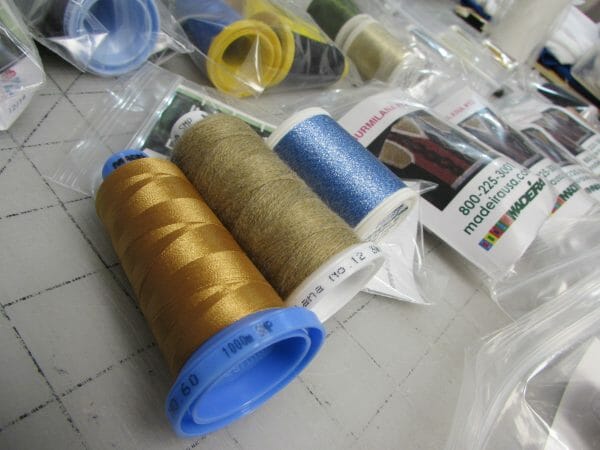
On a similar note, thread isn’t actually made in the same fashion for every brand; some bargain thread brands may have 2 strands rather than the standard 3, or may make darker colors out of overdyed batches of other colors of thread, making them more brittle. Moreover, buying up stocks of old thread from other embroiderers, no matter the brand, may mean you are using thread that is no longer uniformly tensioned on its spools, or worse, is sun-damaged, dried out, or otherwise compromised, leading to an increase in frustrating thread breaks. The best thing you can do is start by buying quality, embroidery specific supplies and buying just enough for your project. Though admittedly not as much fun to look at as a pegboard full of colors, you will avoid the frustration of interrupted runs, raveled threads, and looping due to uneven tension and kinks as the thread unspools.
These three tips may seem overly simple, but much of an embroidery’s success is determined by the preparation put in before the stitching starts. You’ll surely encounter those who swear that I’m unnecessarily careful, and in truth, you can cut corners and win from time to time. There are combinations of materials that are substandard, but will function, and there are some designs that even an auto-digitizing software suite can render well enough to pass without much experience. There are many people, myself included, who have managed some fairly complex work on their early outings, and you might actually get that lucky deal wherein a frustrated crafter sells you a boatload of awesome, well-stored supplies for next-to-nothing. These tips don’t preclude another approach, but for those of you who have hit the wall, they might well be a way out of your predicament. Like many other skills, starting with the fundamentals puts you on a solid footing for experimenting and breaking the rules later. Despite the machines’ assistance, this kind of embroidery is still a skill that takes learning. If you are down, don’t rely on luck to get you back on your feet. Dig in, do some surfing through your machine’s documentation, pick an easy project, and grab some good supplies. That first cruise through a project will make every piece beyond it that much better.
—–
 Erich Campbell is an award-winning machine embroidery digitizer and designer and a decorated apparel industry expert, frequently contributing articles and interviews to embroidery industry magazines such as Printwear, Stitches, and Wearables as well as a host of blogs, social media groups, and other industry resources.
Erich Campbell is an award-winning machine embroidery digitizer and designer and a decorated apparel industry expert, frequently contributing articles and interviews to embroidery industry magazines such as Printwear, Stitches, and Wearables as well as a host of blogs, social media groups, and other industry resources.
Erich is an evangelist for the craft, a stitch-obsessed embroidery believer, and firmly holds to constant, lifelong learning and the free exchange of technique and experience through conversations with his fellow embroiderers. A small collection of his original stock designs can be found at The Only Stitch



